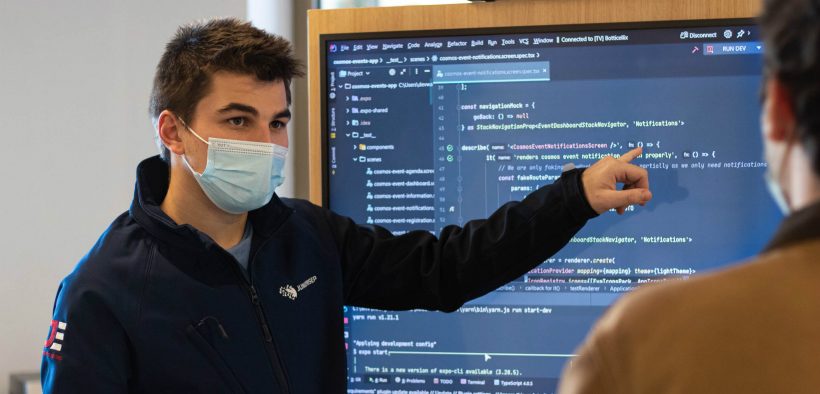Part of the lasting impact of the scholarship on teaching philosophies highlighted in my previous column results from the activities the authors (Beatty et al., 2009) developed to help faculty find their way to beliefs and a philosophy. The first, a guided imagery exercise, uses prompts to explore individual effectiveness in the classroom. More substantive, the second involves sorting through a series of cards (now available online through an app) and selecting those statements that reflect one’s beliefs. Completed individually or groups, the activity is clearly described in the article. Besides accomplishing its objectives, the card sort is an engaging exercise that one participant equated to peeling an onion—but likely with fewer tears, I suspect.
Another Way into Your Teaching Philosophy

- Tags: teaching philosophy
Related Articles
I have two loves: teaching and learning. Although I love them for different reasons, I’ve been passionate about...
Active learning is a mostly meaningless educational buzzword. It’s a feel-good, intuitively popular term that indicates concern for...
Perhaps the earliest introduction a student has with a course is the syllabus as it’s generally the first...
Generative AI allows instructors to create interactive, self-directed review activities for their courses. The beauty of these activities...
I’ve often felt that a teacher’s life is suspended, Janus-like, between past experiences and future hopes; it’s only...
I teach first-year writing at a small liberal arts college, and on the first day of class, I...
Proponents of rubrics champion them as a means of ensuring consistency in grading, not only between students within...







